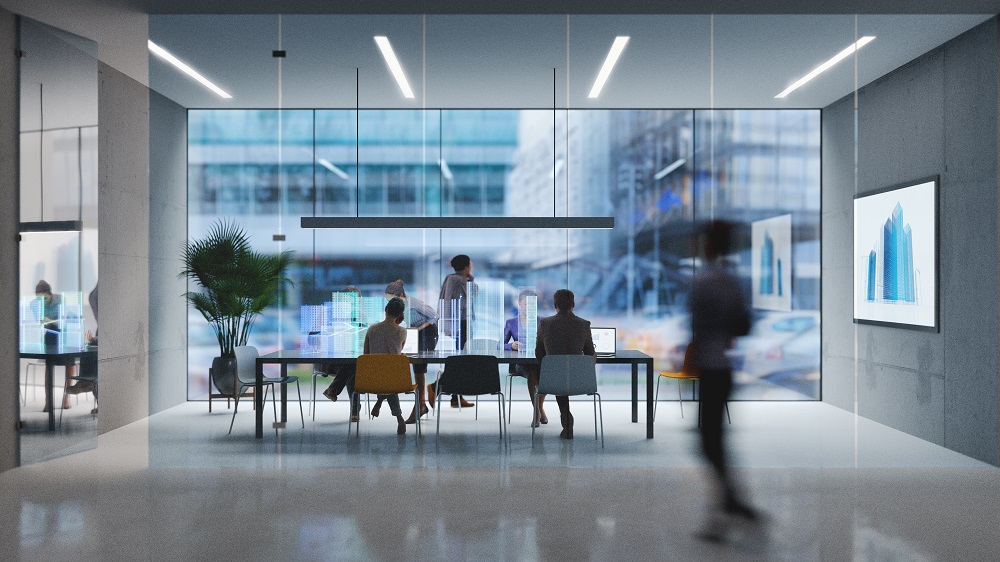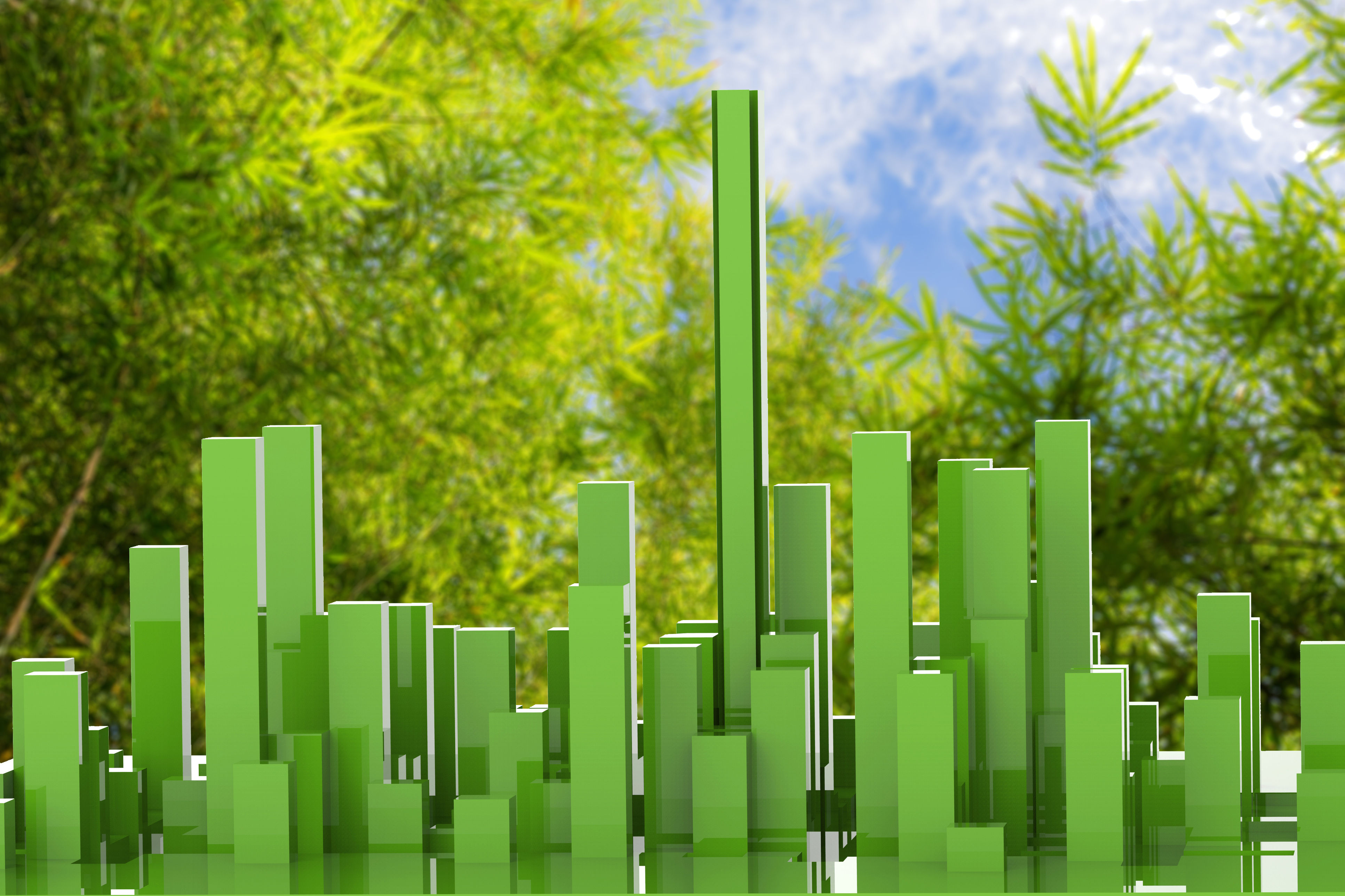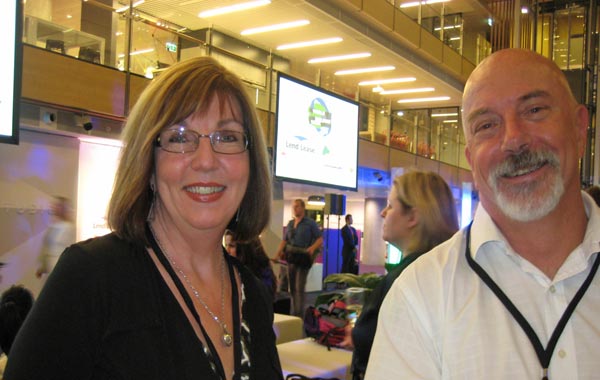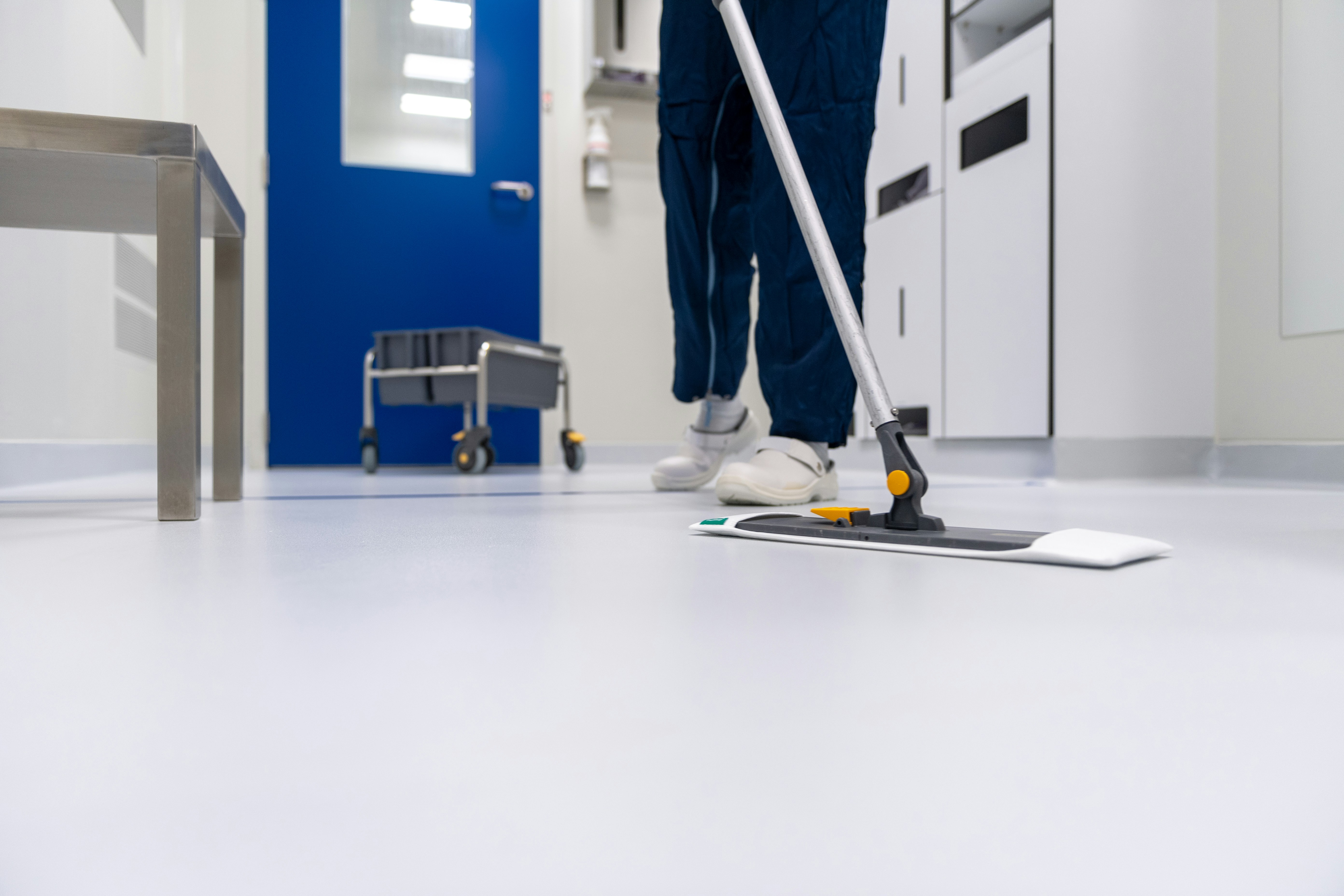
A facility manager must ensure building surfaces are clean and disinfected and the indoor air is not harbouring infectious germs. Similarly, a building service contractor (BSC) has the same goals but with the added challenge of selling their services.
Technology and innovation are revolutionising the cleaning industry. More than ever before, the industry has access to tools and evidence-based science at its disposal.
According to Global Biorisk Advisory Council senior director Dr Gavin Macgregor-Skinner, cleaning and disinfecting based on science and evidence doesn’t mean that you do it more often; “it means that you do it better”.
Macgregor-Skinner recently hosted a webinar series for ISSA publication Cleaning and Maintenance Management on the topic, alongside University of Georgia special projects advisor Kimberly Thomas.
“The synergy between cleaning and disinfection is crucial to maintaining a healthy and safe environment,” Macgregor-Skinner said. “Critical to this process is “measuring the level of cleanliness”.
Cleaning professionals should use metrics and assessment tools through a lens of decreasing the risk of the spread of infectious diseases (such as viruses, bacteria, fungi and mould), allergens, pollens, dusts, and also chemicals and contaminants in an environment, he warned.
Macgregor-Skinner said there were areas – or “reservoirs” – within buildings and facilities that naturally harboured more germs than others. These areas responsible for infection transmission were not just high-touch surfaces, but also water and wet surfaces, dry surfaces, dirt and dust, equipment and devices, and air. Germs spread between and among these reservoirs, he said.
“The largest surface that we deal with in a building is the floor,” Macgregor-Skinner said. “Germs live on floors, contaminants are on floors, toxic chemicals are on floors and allergens are on floors.
“It also took a global pandemic to recognise indoor air quality is important, too.
“By tracking what’s invisible, [we] can make it visible,” he said.
Similarly, as norovirus outbreaks swept through the US, Macgregor-Skinner and Thomas regarded custodial closets as one of the germiest places in a building.
“When was the last time you cleaned your vacuum cleaner?” he said.
“Vacuum cleaners have played a significant role in spreading norovirus and if you don’t clean them after use, it’s going to keep spreading.”
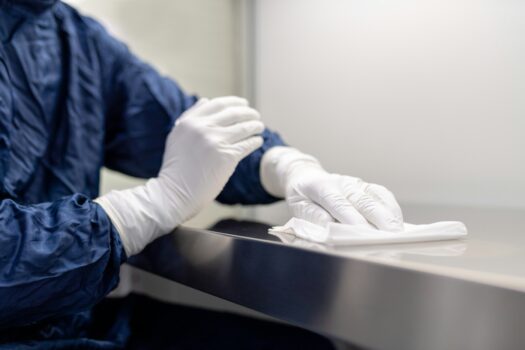
Using measurements to tell your ‘cleaning story’
If you haven’t started measuring your cleaning process, Macgregor-Skinner said you should.
Working closely with facilities through ISSA training and consultancy programs, he said the floorplan was usually a good place to start to identify the types of services and materials in a building.
“This helps you determine the appropriate cleaning products as well as the disinfectants and also the equipment to be used to clean to a level of health and safety,” he says.
Macgregor-Skinner also recommended conducting a risk assessment based on the floor plan.
“We can then determine the areas that have the highest risk of germs or contamination, their highest risk of transmission and then clean based on that risk assessment,” he said. “A traffic flow analysis can be used to identify areas that are more likely to get dirtier, faster, or need more frequent disinfection.”
This formula allowed facility and building managers to adjust their cleaning protocols based on the risk assessment.
“Once you’ve done those three things and looked at what is the best way to clean an area based on the budget limitations, typical time limitations as well as people, I would encourage everyone to conduct a cleaning needs survey,” Macgregor-Skinner said.
“Work with the people [who] own the building, work with the people [who] pay your contract, but also consult with the building users about their concerns and observations regarding cleanliness.
“Let’s not get to critical failure … when a school is so dirty and suddenly there’s lots of absenteeism. Kids are sick at school, teachers are sick and the Parent Teacher Association is saying what are you going to do about it?”
Macgregor-Skinner said conducting a cleaning needs survey that engaged all the users and partners of a building, would help professionals to tell their “cleaning story”.
“I don’t think there’s enough storytelling within our industry to explain what we actually do based on science and evidence,” he said.
Start small to test the results
Thomas, who has a long history in facility management, advised taking a team through at least one building in your facility and reviewing the critical checklists and certification resources. “Start small so that you can see what success can look like,” she said.
Macgregor-Skinner referenced a 12-month study he did at a corporate office.
“We looked at the frequency of cleaning,” he said. “We told them everyone in the office had a responsibility to create a healthy and safe environment. So, we introduced some disinfectant wipes for employees to use at their workstations.
“Over 12 months, this particular company actually recorded a decrease in absenteeism and a decrease in sick leave. Then every month we ran a quick survey and we saw an increase in reported employee satisfaction within the workspace, for very little money, with no change in the budget. We just changed the tools, equipment and the way that we cleaned.”
Macgregor-Skinner took a similar approach in a hotel, focusing on evidence-based cleaning practices and the implementation of a dashboard system.
“We measured certain metrics throughout the hotel, based on the level of cleanliness,” he explained.
“By visualising the cleaning processes and their measurements, we saw people were starting to mention cleanliness in this hotel and we saw it in reviews on the web after people had stayed at this hotel. [Management] told me that they believed they were seeing increased bookings and increased revenue based on the changes they’ve made from the cleaning protocol.”
Thomas said a small pilot program was all that was needed to get started.
Watch the full webinar at Cleaning & Maintenance Management.
Photos by Toon Lambrechts (Unsplash).
Comment below to have your say on this story.
If you have a news story or tip-off, get in touch at editor@incleanmag.com.au
Sign up to INCLEAN’s newsletter.
